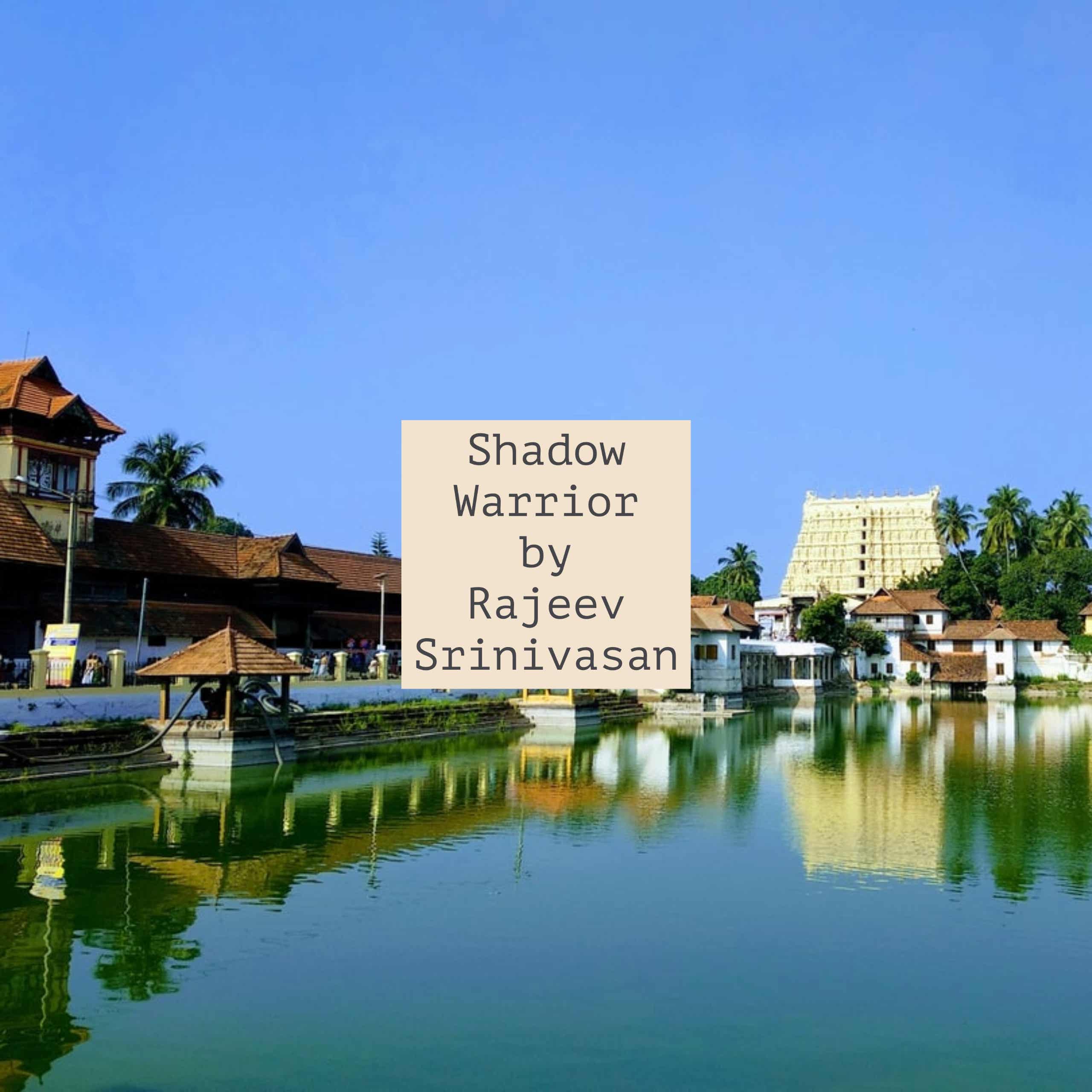Ep. 74: A tale of two Supreme Courts: best practices from the US and India need to be adopted
Description
A version of this essay was published by firstpost.com at https://www.firstpost.com/india/a-tale-of-two-supreme-courts-best-practices-from-the-us-and-india-need-to-be-adopted-10875201.html
I must confess a little shamefacedly that I watched the godawful fuss in the US following the SCOTUS’ overturning of Roe v Wade with some smugness. That was because, at long last, the Supreme Court of India finally threw the book at Teesta Setalvad, R B Shreekumar, Sanjiv Bhatt et al, in what had long been a travesty of justice. I began to think that maybe the Indian system, although glacially slow, has a thing or two to teach the much-ballyhooed Americans.
Sadly, my joy was short-lived. Within a week, there was the spectacle of a two SC judge-bench in India harshly criticizing Nupur Sharma. They denied her plea to bundle various FIRs filed in far-off places like Calcutta, expressed personal opinions not germane to the plea, and lectured her on how a blasphemy allegation against her was her fault. They had apparently made up their minds without considering any evidence.
I am properly chastened, and I am eating crow. Hubris before nemesis. I should have known. India’s institutions are severely compromised. Even the CJI implied in a speech in the US that India’s institutions are less developed because India is not a “mature democracy”.
Thanks for reading Shadow Warrior! Subscribe for free to receive new posts and support my work.
Earlier, I used to stand in awe of the Indian judiciary. My great-uncle was a Chief Justice, and a family friend was on the Supreme Court. Two friends are or were High Court justices. I have always had a good impression of them. But over time, I began to see problems in the Indian system, and I wrote in 2018 about urgently needed judicial reform in Can We Fix the Deeply Troubled Judiciary?. The PIL (Public Interest Litigation) system has been weaponized, for one thing. The backlog of cases is daunting, for another.
Several years later, the same problems have gotten worse, including structural issues about the Supreme Court straying far beyond its remit of interpreting the Constitution. But in India, a judge recently condemned ‘social media’ for alleging that he had violated both decorum and propriety in what an impartial observer might consider extraneous comments.
In the US, those who were upset with the SCOTUS’ action roundly abused it; for instance an Indian-origin politician named Congresswoman Pramila Jayapal. I don’t know about the merit of her argument (and based on her ultra-woke-ness, it may have none), but it is very interesting that she could say rude things like this about the court and judges. In India, draconian ‘contempt of court’ provisions would be applied, and the critic jailed, for even mild criticism..
That is one of the differences between the US judiciary and the Indian. There are several others. To begin with they are a) selection, b) tenure, c) ambit/remit and jurisdiction, d) appraisal and termination.
Thank you for reading Shadow Warrior. This post is public so feel free to share it.
Selection and Accountability
In the US, quite a few judges are elected: I have seen their names on election billboards, and so far as I can tell this is for state judge positions. That sounds odd to Indians partly because the US is a federation of states, whereas India is a union, and that makes a difference. Anyway, I am under the impression that most judges in say, the California state judiciary, are directly elected by the public.
On the other hand, federal judges are appointed by the government, but they also have to go through a confirmation process wherein they are basically grilled by the Senate, i.e. the equivalent of the Rajya Sabha. Thus, elected officials representing individual voters do ‘elect’ the judges. This brings in a level of accountability.
There is the obvious flaw that a determined government can “pack” the courts with people they like, espe
More Episodes
A version of this essay has been published by firstpost.com at https://www.firstpost.com/opinion/opinion-what-makes-trump-a-better-candidate-for-india-and-world-13831800.html
An AI-generated (courtesy notebookLM.google.com) podcast based on this essay is here:
In all humility, I accept that my...
Published 11/03/24
The potential consequences of a Trump presidency for India span multiple dimensions, including military, economic, trade, cultural, financial, and social aspects. Here’s an overview of these impacts:
Military and Geopolitical Implications
- Defense Ties: Under Trump, India may continue to...
Published 10/27/24


